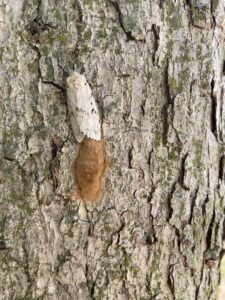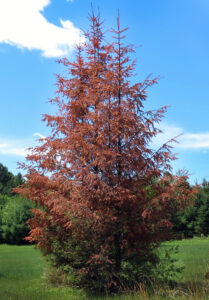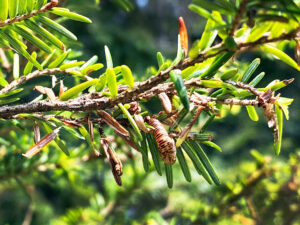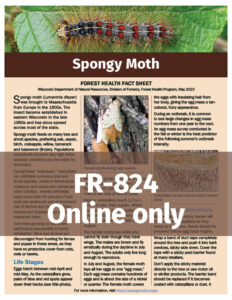The second edition of the World Forum on Urban Forests will take place in Washington, D.C. from Oct. 16-20. The aim of the forum is to continue to highlight positive examples of planning, design and management approaches that cities with diverse cultures, forms, structure and histories have implemented to optimize the contribution that urban forests and green infrastructure can provide in terms of economic development, environmental conservation and resilience, improved social cohesion, and increased public involvement.
This year’s theme is “Greener, Healthier and Happier Cities for All.” Join friends and colleagues from around the world as we focus on the importance of building inclusive and accessible cities where the goods and services of urban forests and trees are universally available.
View the agenda on the Arbor Day website.
Continue reading “Register Now For The World Forum On Urban Forests”

 The Municipal Forestry Institute is an intensive high-level professional growth program of the
The Municipal Forestry Institute is an intensive high-level professional growth program of the 


